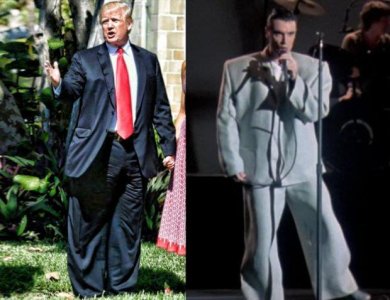Major
Test Star
- Joined
- Aug 28, 2013
- Runs
- 36,079
- Post of the Week
- 7
Alot of discussion going on regarding Sarfraz wearing the Shalwar Kameez when meeting the Queen.
I dont have any issues with it, but it makes you think whether this form of dressing is considered under formal or not.
Why do i ask this?
Because this form of dressing isn't commonly allowed in offices and universities in Pakistan.
For example, at my university, male students are not allowed to wear shalwar qameez from monday to thursday and only allowed to wear it on Fridays. WHile female students have to wear shalwar qameez and wearing western dress is frowned upon.
Even for presentations, when the orders are formal or semi formal dressing, then shalwar kameez isn't allowed.
Even in some offices, shalwar kameez is only allowed on friday
So this makes me ask the question that is this dress a formal one or not?
And if its not formal, then does the criticism on Sarfraz become valid? Because at the end of the day he was required to be formal when meeting the queen. Now that could either mean wear a sherwani or shalwar kameez.
I dont have any issues with it, but it makes you think whether this form of dressing is considered under formal or not.
Why do i ask this?
Because this form of dressing isn't commonly allowed in offices and universities in Pakistan.
For example, at my university, male students are not allowed to wear shalwar qameez from monday to thursday and only allowed to wear it on Fridays. WHile female students have to wear shalwar qameez and wearing western dress is frowned upon.
Even for presentations, when the orders are formal or semi formal dressing, then shalwar kameez isn't allowed.
Even in some offices, shalwar kameez is only allowed on friday
So this makes me ask the question that is this dress a formal one or not?
And if its not formal, then does the criticism on Sarfraz become valid? Because at the end of the day he was required to be formal when meeting the queen. Now that could either mean wear a sherwani or shalwar kameez.






 ... Now can we focus on cricket
... Now can we focus on cricket




